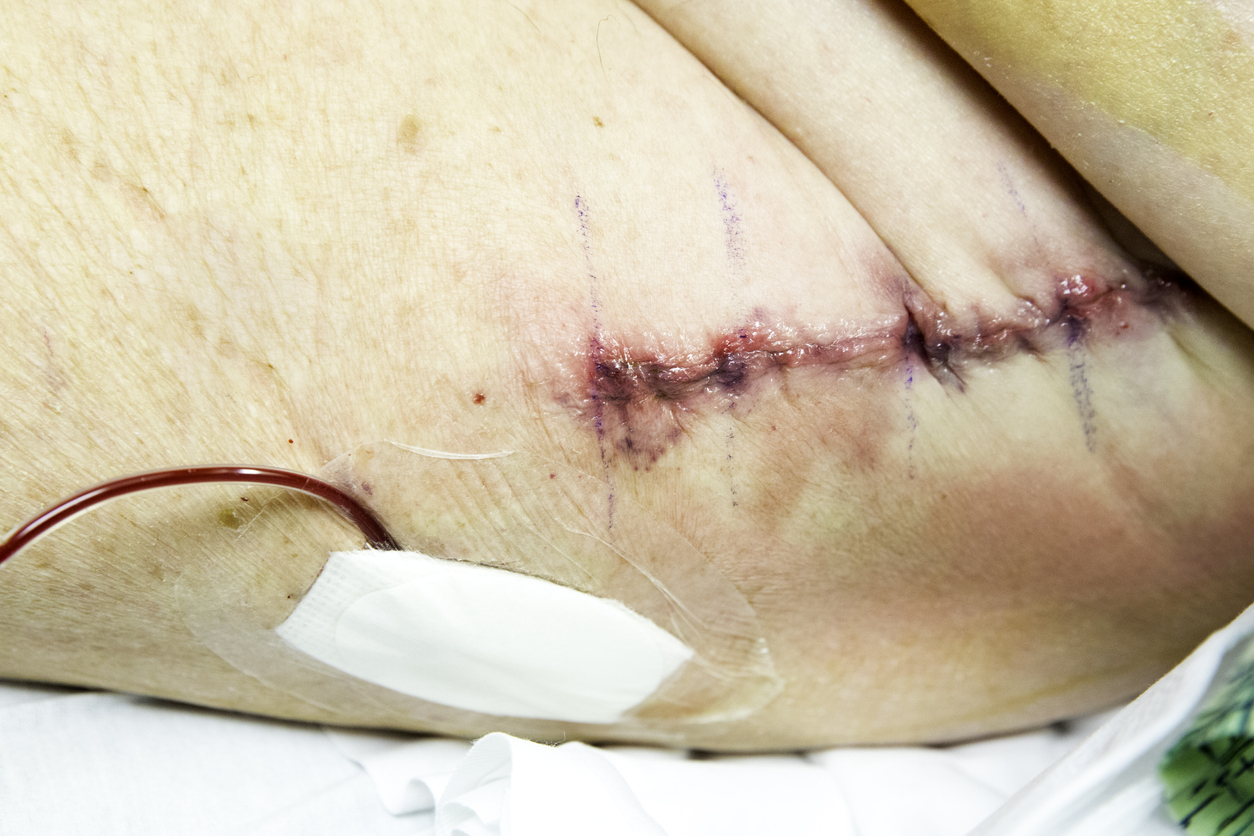
Joint problems can make it hard to perform everyday tasks and may cause pain that limits your enjoyment of life. Your doctor may recommend non-surgical treatments at first, but surgery may benefit you if conservative procedures don’t improve your joint problem.
In the United States, more than a million people undergo total joint replacement surgery each year. So, what actually happens during this procedure? Let’s find out.
Total Joint Replacement Surgery
Total joint replacement or arthroplasty is a surgery to relieve pain and disability from joint problems. The most common reason for this surgery is to relieve pain from osteoarthritis, which is the breakdown of joint cartilage.
During the procedure, your surgeon will remove the damaged parts of your joint and replace them with new, artificial implants. These parts are called the prosthesis.
The Surgery
Your doctor starts by administering general anesthesia to keep you asleep and pain-free during the procedure.
Then, they will make an incision over the operative joint. The incision length will depend on which joint is affected. For example, hip surgery will require a larger incision than a knee operation.
Once your surgeon makes the incision, they will detach the muscles and tendons around the joint. They do this to access the underlying bone.
Your surgeon will then remove the damaged joint surfaces, and any bone spurs around the area. They will trim the healthy bone surfaces to fit the new joint components. Your surgeon will place the implant and attach it to the healthy bone with screws, clamps, or cement.
Once the new joint is in place, they will close the incision with stitches or staples. They may place a drain under your skin to help remove excess blood or fluid.
The Artificial Implant
Your artificial implant depends on your injured joint. For example, if you’re having total hip replacement surgery, your surgeon will replace your hip’s ball and socket portions.
In most cases, the new joint components are metal and plastic. The new ball will be metal and attached to a stem inserted into your femur or thighbone.
In a total knee replacement, your surgeon will replace the damaged ends of your femur and tibia. They will place a plastic spacer between the new metal components as a new knee joint. Sometimes, your surgeon may also need to replace the patella or knee cap with plastic or metal components.
You should be able to return to most of your normal activities after your joint has healed and you have completed physical therapy. However, you must avoid high-impact activities, such as running and jogging, that may stress your new joint.
After the Surgery
You will wake up from surgery in the recovery room, where your provider will closely monitor you. You will likely feel groggy from the anesthesia and pain medication. Your provider will give you a dose of antibiotics to help prevent infection and blood thinners to avoid blood clots.
You may need to stay in the hospital for a few days after your surgery. That way, your doctor can monitor your progress and pain levels.
You will likely need to use a walker or cane for a few weeks after surgery. Most people can return to their normal activities within three to six months. Physical therapy will also help you regain strength and range of motion in your new joint.
Total Joint Replacement In Austin, TX
If you need a total joint replacement in Austin, look no further than All-Star Orthopedics of Austin. Our providers are experienced, trained, and dedicated to giving patients the best care possible. Call us at (512) 346-4933 or use our appointment request form to book a consultation with an orthopedic surgeon near you.
We look forward to serving you!





